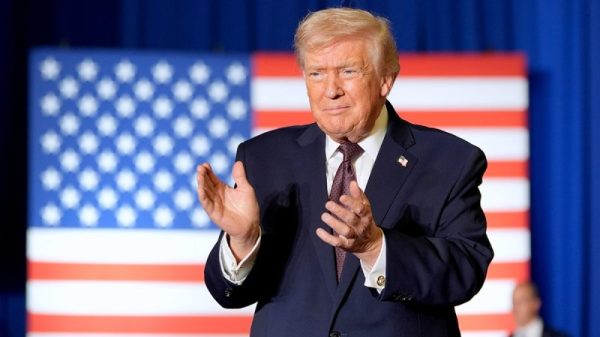The Enigmatic Legacy of President Harding: Unraveling the Mysteries of His Presidency
Introduction:
President Warren G. Harding, often overshadowed by his more prominent predecessors and successors, remains an enigmatic figure in American history. His presidency, marked by scandal and controversy, has left a lasting impact on the nation. In this article, we delve into the unique aspects of President Harding’s legacy, exploring the mysteries that surround his time in office and shedding light on the lesser-known aspects of his presidency.
1. The Rise to Power:
President Harding’s journey to the White House was an unexpected one. Born in a small Ohio town, he rose through the ranks of local politics before capturing the attention of the Republican Party. His charisma and ability to connect with the common man propelled him to the presidency in 1921. However, his lack of experience in national politics would soon become evident.
2. The Teapot Dome Scandal:
One of the most notorious scandals in American political history, the Teapot Dome scandal tarnished President Harding’s reputation. This scandal involved the illegal leasing of federal oil reserves to private companies, leading to allegations of bribery and corruption within his administration. While Harding himself was not directly implicated, the scandal unfolded under his watch, raising questions about his ability to govern effectively.
3. Foreign Policy and International Relations:
President Harding’s foreign policy initiatives were largely overshadowed by domestic issues and scandals. However, he made significant strides in improving relations with Latin American countries, advocating for disarmament, and promoting peace after the devastation of World War I. His efforts laid the groundwork for future diplomatic endeavors and set the stage for a more peaceful world order.
4. Economic Policies and the Roaring Twenties:
President Harding’s presidency coincided with a period of economic prosperity known as the Roaring Twenties. His administration implemented policies that aimed to stimulate economic growth, including tax cuts and deregulation. While these policies initially led to a booming economy, they also contributed to the speculative excesses that ultimately led to the Great Depression.
5. The Harding Administration’s Commitment to Civil Rights:
Despite the controversies surrounding his presidency, President Harding demonstrated a commitment to advancing civil rights. He appointed African Americans to prominent positions within his administration, advocated for anti-lynching legislation, and supported the rights of Native Americans. These actions, though often overlooked, were significant steps towards equality and justice during a time of racial tension in America.
Conclusion:
President Warren G. Harding’s presidency was marked by both triumphs and scandals. While his administration faced numerous challenges, it also made significant contributions to American history. By unraveling the mysteries surrounding his time in office, we gain a deeper understanding of the complexities of his presidency. President Harding’s legacy serves as a reminder that even amidst controversy, leaders can leave a lasting impact on the nation.
























